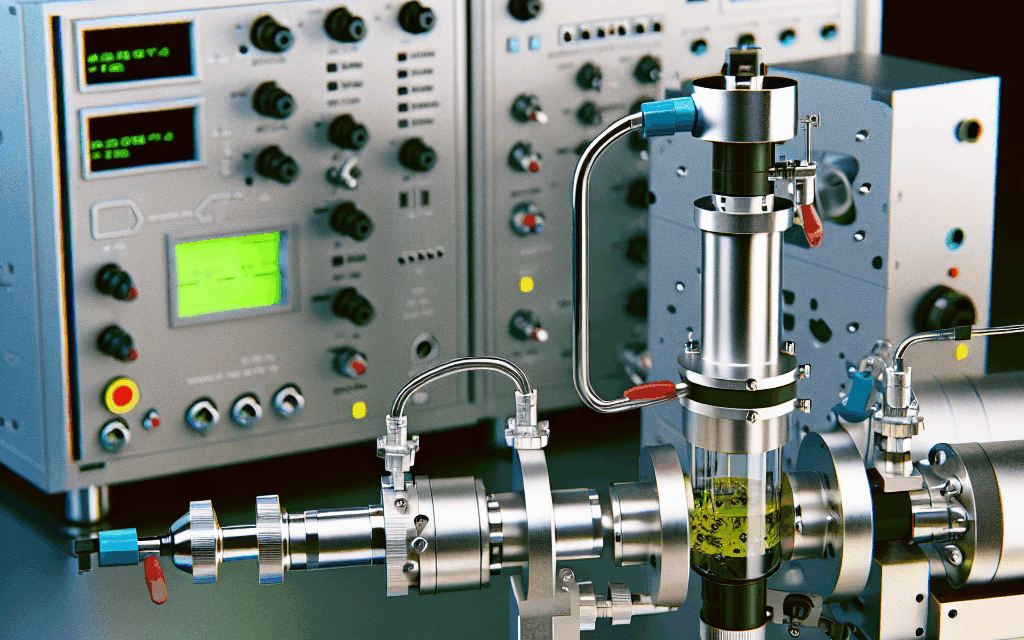Summary
Clinical laboratory technicians face challenges when analyzer downtime occurs, impacting test result delivery and patient care. Building resilience through redundancy, predictive maintenance, and workflow management can mitigate these disruptions. This article examines strategies such as backup instruments, service contracts, and middleware tools that can help labs better manage and recover from unexpected downtime.
Key Takeaways
- Analyzer downtime can significantly disrupt lab operations and patient care.
- Implementing redundancy with backup instruments and middleware tools can mitigate downtime impacts.
- Predictive maintenance and understanding error codes are crucial for effective downtime management.
- Deciding between repairing or replacing analyzers involves evaluating several factors, including costs and performance.
Analyzer downtime in clinical laboratories can lead to delayed test results, disrupted workflows, and compromised patient care. As labs aim to minimize these disruptions, they are increasingly investing in strategies focused on resilience and rapid recovery. Key approaches include creating redundancy, leveraging middleware tools, and maintaining effective service contracts.
Redundancy has become a cornerstone in handling downtime, with many labs purchasing backup analyzers or strategically configuring existing equipment. These solutions ensure that operations continue smoothly, even if a primary analyzer fails. Middleware tools further enhance this redundancy by rerouting workloads to available instruments, optimizing overall efficiency.
Service contracts play a vital role in minimizing downtime. A robust service agreement often covers regular maintenance, ensuring that potential issues are addressed before they lead to significant operational halts. These contracts can also offer rapid response times, getting faulty equipment back up and running swiftly.
Predictive Maintenance and Decision-Making
The advent of predictive maintenance technologies is changing how labs manage analyzer health. By utilizing predictive analytics, labs can anticipate failures before they occur, effectively preventing downtime. This involves monitoring analyzer performance metrics and interpreting error codes to identify patterns that could lead to equipment failure.
Understanding error codes and analyzer diagnostics is essential for technical staff. Training technicians to quickly diagnose and address these codes can significantly reduce downtime durations. Many modern analyzers now integrate software that provides detailed troubleshooting guidance, streamlining the error resolution process.
Deciding when to repair or replace an analyzer poses a challenge. Factors such as repair costs, analyzer age, performance history, and the availability of newer, more efficient models all influence this decision. In some cases, upgrading equipment rather than repairing it may offer long-term benefits, including enhanced accuracy and reduced operational costs.
Current trends in regulatory standards also impact decision-making. Labs must ensure that all equipment complies with updated regulations, which can affect choices about maintaining older analyzers.
In conclusion, effectively managing analyzer downtime requires a multifaceted approach. By incorporating redundancy, strategic maintenance, and informed decision-making, labs can reduce the impact of unexpected disruptions, ensuring continued service quality and patient care.




